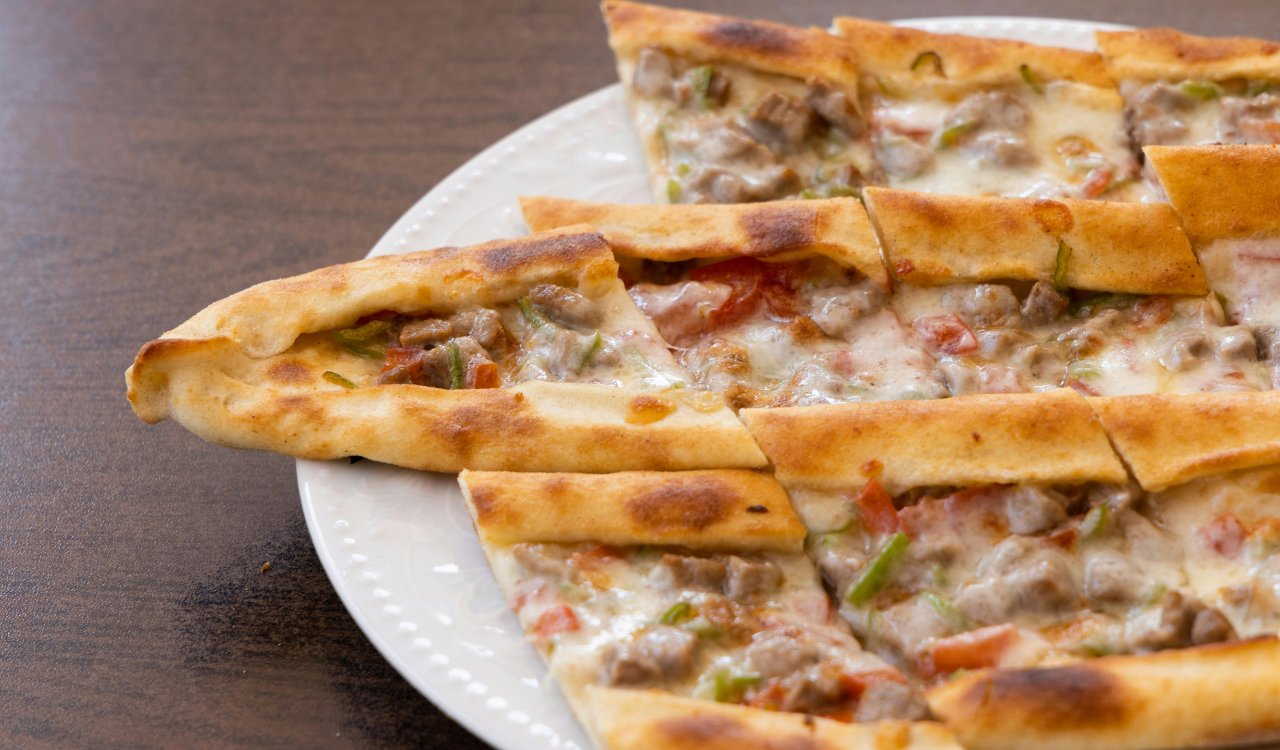Does Resting Steak Really Matter? What Food Science Tests Say
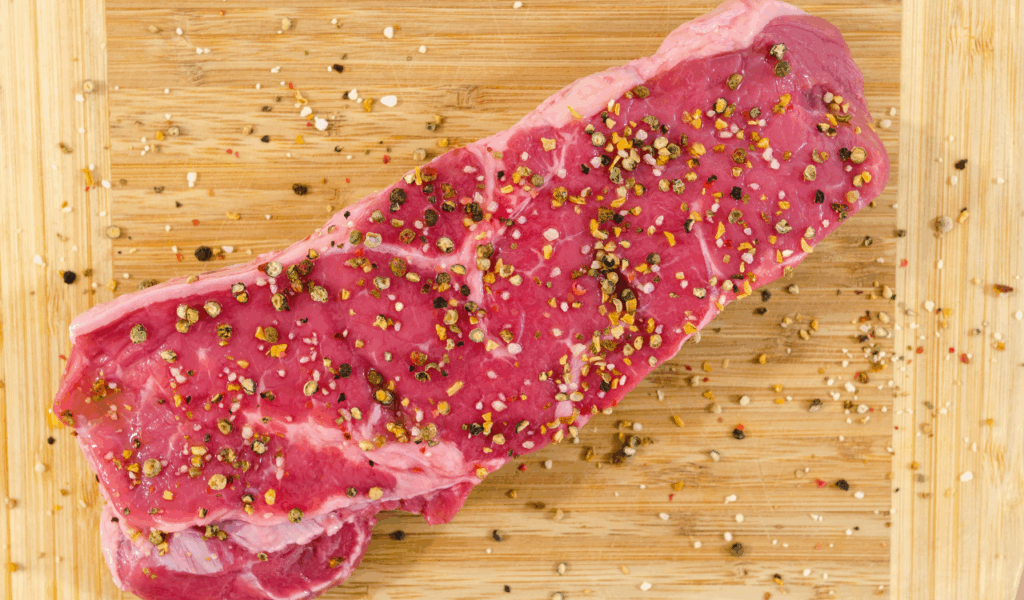
It’s common to hear to “let it rest” before slicing a steak after taking it off the heat. However, what is the scientific evidence for resting steak? Is this merely culinary folklore, or does it actually alter juiciness, temperature, texture, or flavor? We’ll examine experiments, temperature carryover, moisture loss, trade-offs, and the conclusions drawn by food scientists and current tests in the sections that follow. Understanding the evidence can help you rest (or not) in ways that improve your steak, not just tradition, whether you’re grilling, pan-searing, or broiling.
1. What is “Resting” a Steak and Why It Became Common Advice
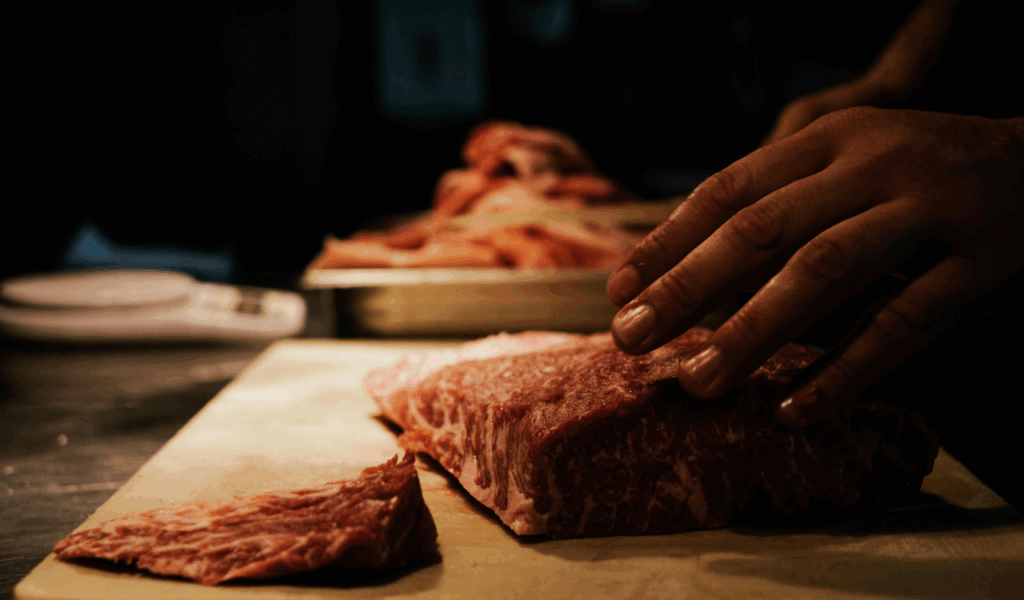
“Resting” refers to allowing meat to sit for a few minutes after being taken off of the heat source, usually with a loose tent. According to conventional wisdom, you lose less liquid when you slice because resting allows muscle fibers to relax and fluids to redistribute. For many years, home cooks and chefs have held this belief. It comes from observations: if you cut it too soon, a lot of reddish fluid will run out, leaving the steak looking drier. As part of “how to get juicy steak,” resting became a standard recommendation in cookbooks, restaurant training, and food columns. It’s a combination of science and ingrained behavior.
2. Temperatures Still Change: Carryover Cooking Explained
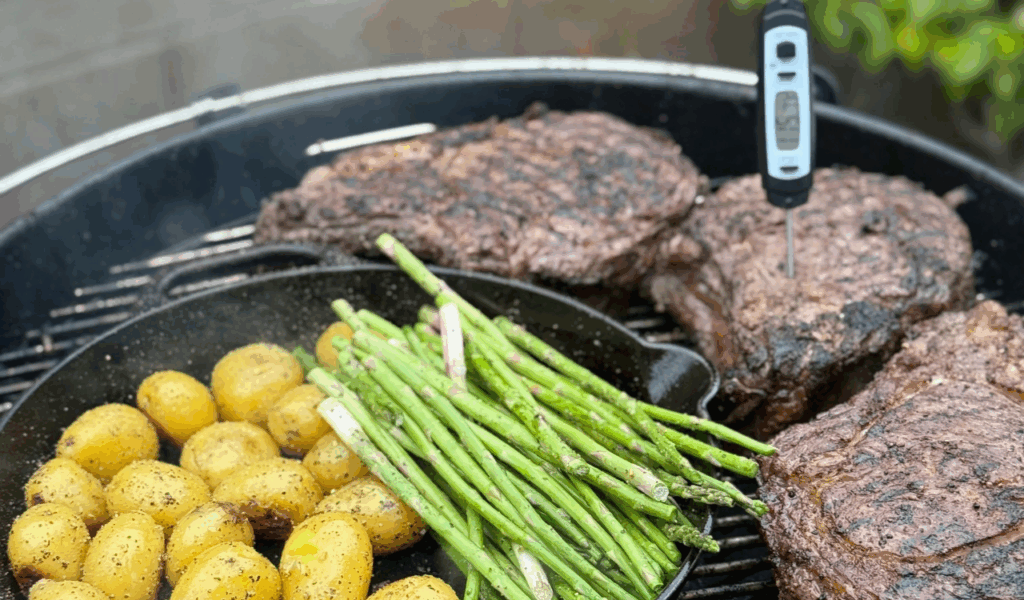
Carryover cooking, in which the meat’s internal temperature rises even after it is taken off the heat source, is one of the most compelling scientific arguments in favor of resting steaks. Heat keeps moving inward because the steak’s (or roast’s) exterior is hotter. According to tests, this can increase the internal temperature by a few degrees Celsius or Fahrenheit, which is more significant for thicker cuts. Steak Revolution, for instance, tested steaks that were between 1 and 2 inches thick and discovered that resting for 5 to 7 minutes allowed for some carryover cooking without overcooking. Additionally, because less mass retains heat, thinner steaks require less time. Understanding carryover enables cooks to remove meat from the heat a little sooner to achieve the desired level of doneness after resting.
3. Do Juices Actually “Redistribute,” or is That Myth?
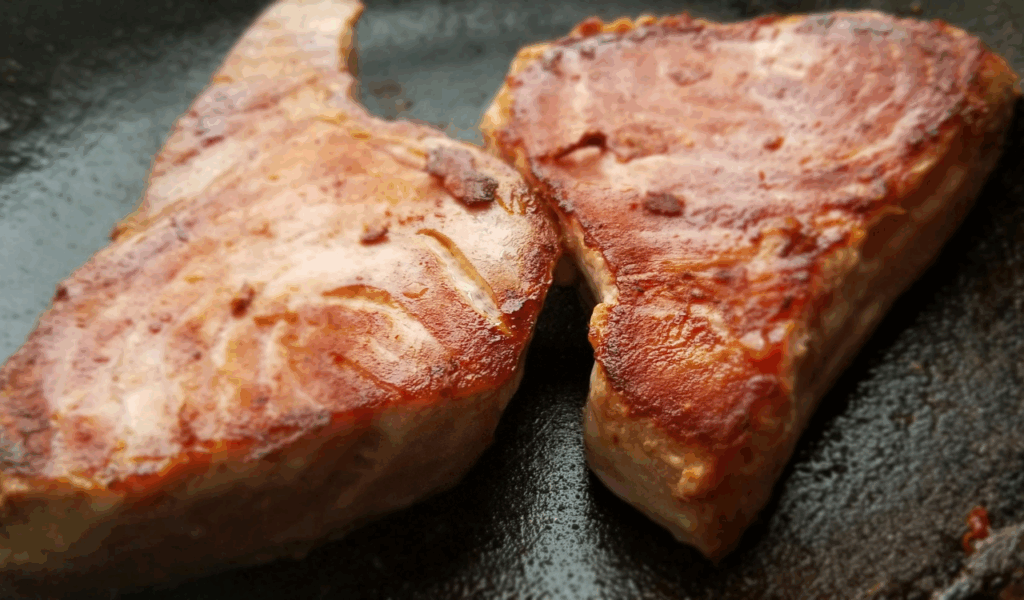
There is disagreement over the claim that resting causes juices to “redistribute” from the center to the edges, making each bite more consistently juicy. After reviewing the original Food Lab work and more recent findings, Serious Eats came to the conclusion that a large portion of the “redistribution” theory is not as reliable as people think. Steaks cut right after cooking lose more liquid than those that are rested, according to tests measuring juice loss; however, the majority of the difference happens early, and the decrease in juice loss from resting may not be as significant as many believe. Furthermore, fibers don’t compress and expand in the straightforward “sponge” manner that some folklore humorously describes.
4. How Much Juiciness Is Actually Improved by Resting
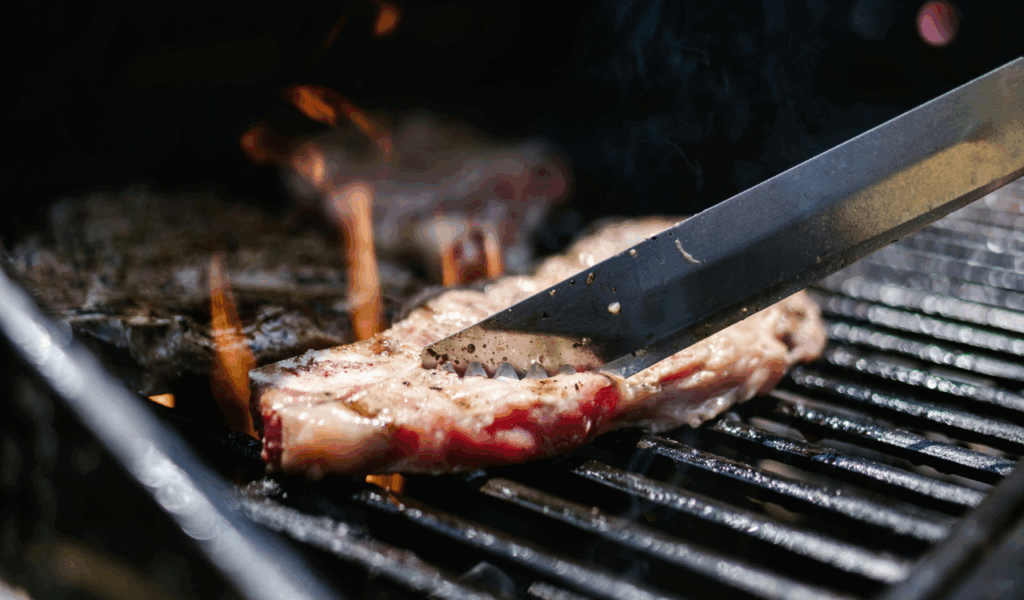
According to experimental findings, resting increases juiciness to a detectable but modest extent. A steak that didn’t rest lost about 9% more fluid by weight than one that did, according to preliminary tests conducted by Kenji’s Food Lab. However, after resting, further juice loss plateaus. According to Meathead’s criticisms, there may not be much of a difference in perceived juiciness under many “real life” cooking circumstances, particularly for thinner cuts or when cooking temperatures or techniques already prevent juice loss. The slight increases in juiciness may be significant to many, but for others, the inconvenience and cooling of the steak may outweigh the benefit of waiting.
5. How Long Should Steak Rest, According to Science
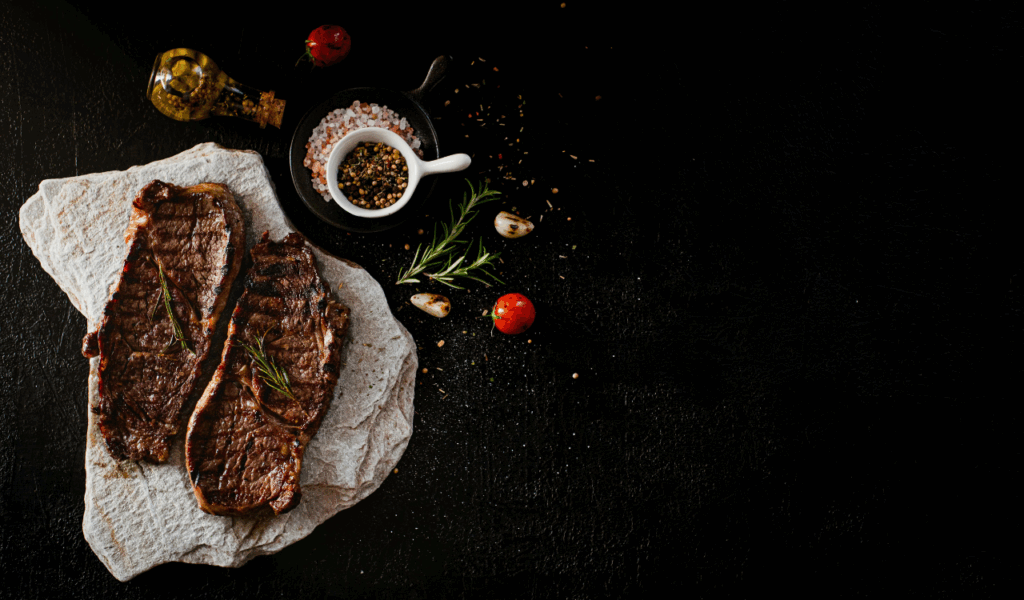
According to several tests, steaks that were about 1‑2 inches (2.5‑5 cm) thick should rest for 5 to 10 minutes. According to more recent tests by Steak Revolution, these cuts should be cooked over high heat, pan-seared, or grilled for 5–7 minutes. For typical steak thicknesses, Kenji Lopez-Alt’s work corroborates that as well. It takes longer to rest larger roasts or very thick cuts Waiting too long, or over-resting, can cause the crust to lose texture or cool too much. To maintain warmth, tent loosely with foil.
6. Does Resting Always Benefit? Situations Where It Matters Less
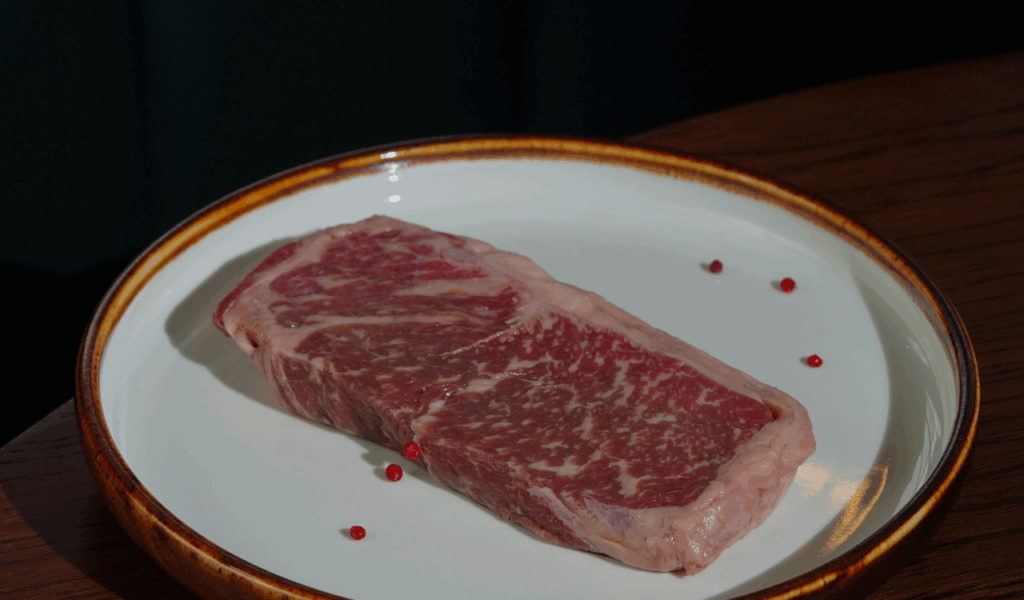
Science demonstrates that in certain situations, resting is much less important, such as extremely thin steaks, high-heat techniques that result in robust crusts, or precise temperature cutting that minimizes carryover cooking. Additionally, meat is frequently cooked more gently before being seared when using sous vide or reverse sear techniques; this results in more predictable carryover and possibly less important resting times. The marginal benefit might be minimal and perhaps not worth the wait if you’re dealing with thin or small steaks and want to serve them right away.
7. Texture, Temperature Uniformity & Eating Experience
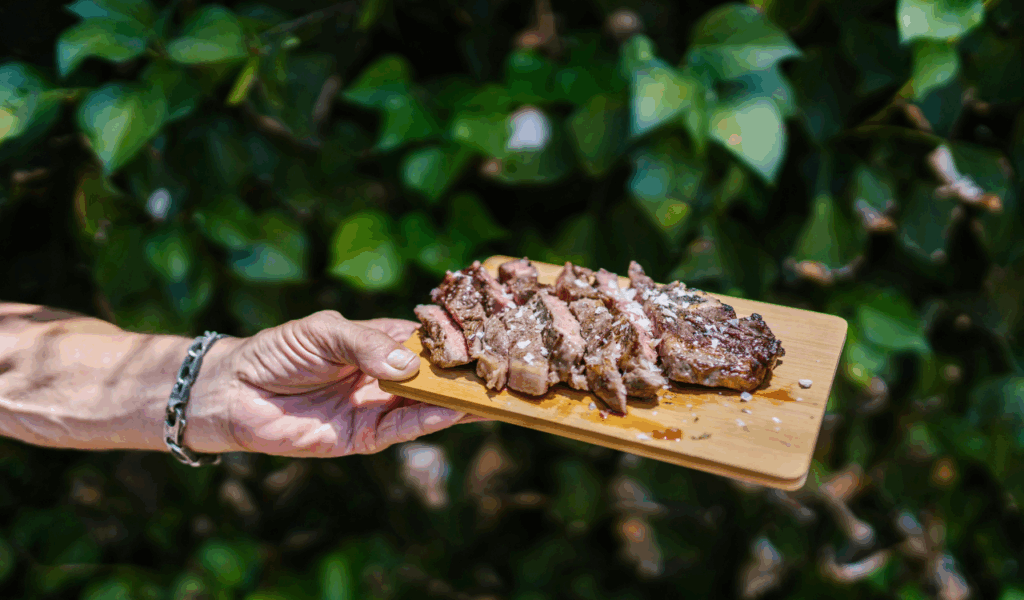
In addition to improving juiciness, tests reveal that resting improves texture and the steak’s temperature gradient, or how evenly cooked it is. The contrast between hotter outer zones and cooler centers is lessened when the steak is resting because the internal temperature somewhat evens out. Chewing may feel softer due to the relaxation of tense muscle fibers that tighten when heated. Additionally, if the steak is rested, it loses less liquid when sliced, keeping the surface less moist and preserving more of the flavor and mouthfeel of the crust or seared surface.
8. Practical Guidelines: How to Rest Steak That Align with What Science Suggests
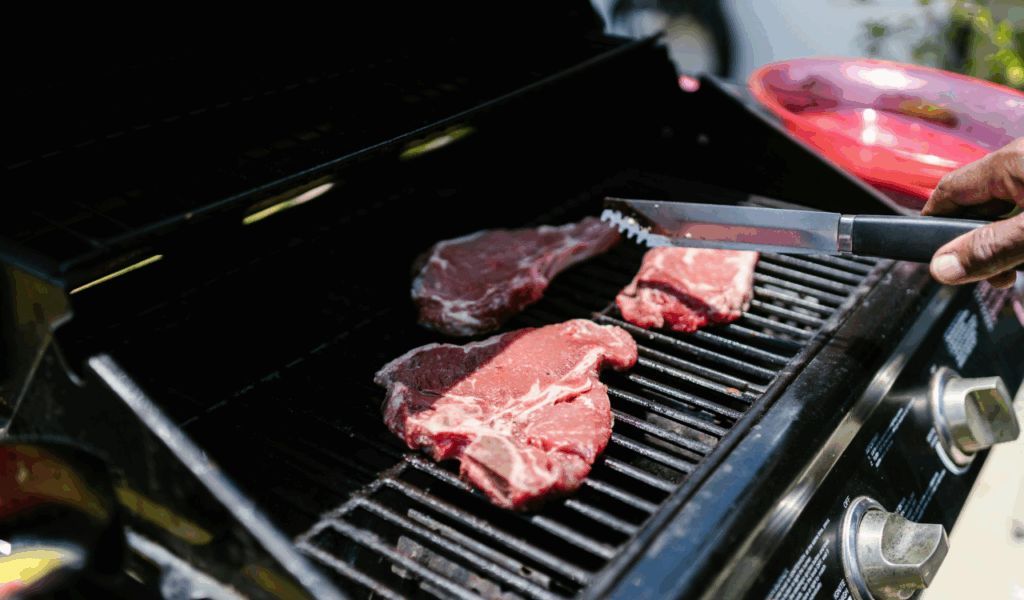
The following evidence-based best practices for resting steak are based on recent scientific tests: For typical 1‑2-inch steaks, remove the steak from the heat a few degrees (approximately 5°F/~3°C) before the desired doneness to allow for temperature rise; let it rest for approximately 5–7 minutes; loosely tent with foil to retain warmth without trapping too much steam; Only cut when you’re ready to serve, and let it rest on a warm plate or board. Additionally, take into consideration the desired doneness, cooking method (oven, pan, or grill), steak thickness, and cooking temperature. These procedures reduce drawbacks like cooling or overcooking from carryover while optimizing benefits.

